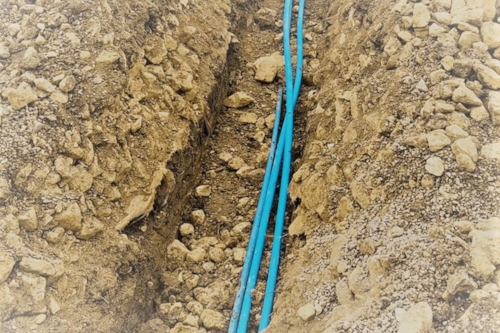
Trial Pitting
Receive a quote tailored to your needs
Trial pits are commonly used to investigate shallow ground conditions to develop an understanding of the profile of soils within the ground. They can be particularly useful where buried structures, variable conditions or contamination is suspected or needs further investigation. They are also used to assess permeability of materials for soakaway testing to BRE 365.
They can be excavated by hand (to shallow depths) or using a backhoe excavator, generally to a depth of up to 3.50m -5.00m.
Trial pits (or trenches) can be more cost-effective than boreholes but they cannot reach the same depth and boreholes are more applicable for certain geotechnical testing. Trial pits can also be excavated relatively quickly. However, they can cause significant surface disturbance and it can be difficult to properly backfill excavations when the pit is no longer needed.
Cable Percussive Boreholes
Cable Percussive Boreholes can achieve deeper borehole depths than Window Sampling techniques - over 20m (possibly up to 50m depending on conditions) using a clay cutter through cohesive soils, a casing and shell through granular soils and a chisel to break up rock and other hard layers.
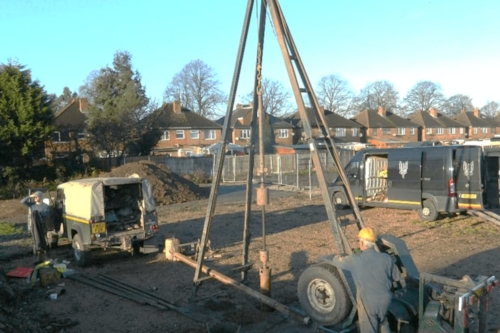
Rotary Boreholes
Rotary Open Hole techniques are employed to investigate the presence of shallow (<30m) coal using a water flush system to prevent the ignition of potentially explosive mine gases for deep observations of coal bearing strata.
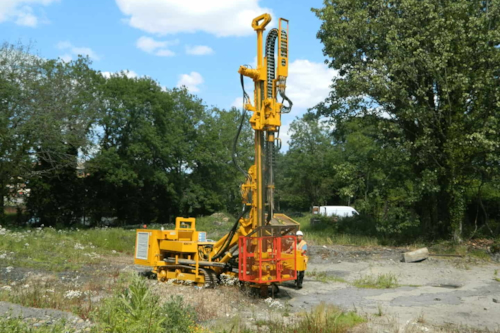
Site Investigation
Kiwa CMT | We provide a range of ground investigation services
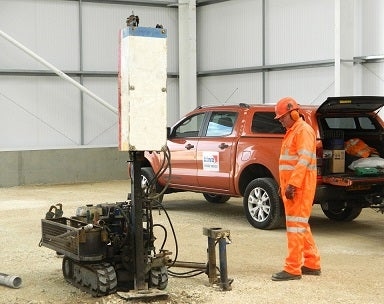
Window Sampling Boreholes
Window sampling or windowless sampling is a technique used to bore through shallow soft soils to investigate the substrata in order to gain a profile of the ground conditions and to facilitate soil sampling for chemical and geotechnical analysis.
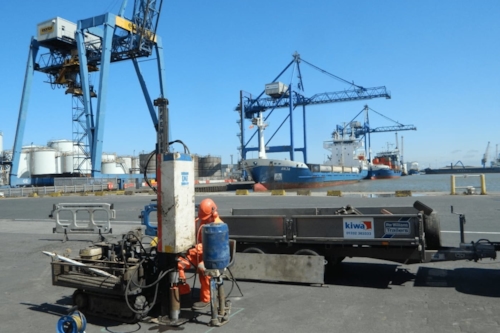
Coal Authority Assessments
Developing on land that has been previously mined or has had the potential to be previously mined can be problematic. As such the Coal Authority (CA) is a statutory consultee for the planning departments across the country.

Waste and Contamination
Kiwa CMT | Construction materials, geotechnical, structures and waste testing.

Verification of Remediation
Verification of Remediation Site Works and Reporting (Stage 3 LCRM – verification and future works)
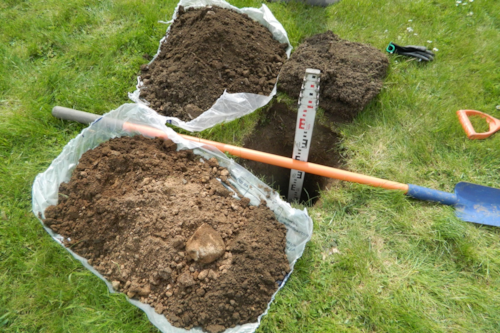
Waste Soil and Waste Material (WM3 and WAC) Testing
Kiwa CMT | Waste Soil and Waste Material (WM3 and WAC) Testing
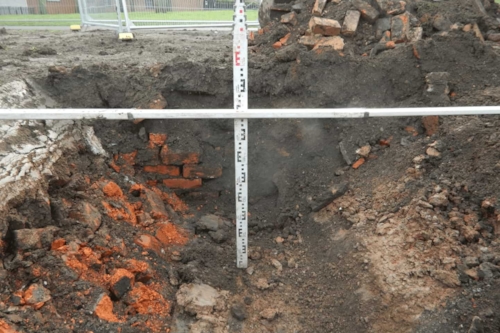
Water UK/HBF/UKWIR Testing and Assessment
The UKWIR “Guidance for the Selection of Water Supply Pipes to be used in Brownfield Sites” document (Ref 10/WM/03/21), presented in 2010, was designed for Developers, Self-Lay Organisations, Water Companies and consultants when planning, designing and constructing water mains and/or services in Brownfield sites.
